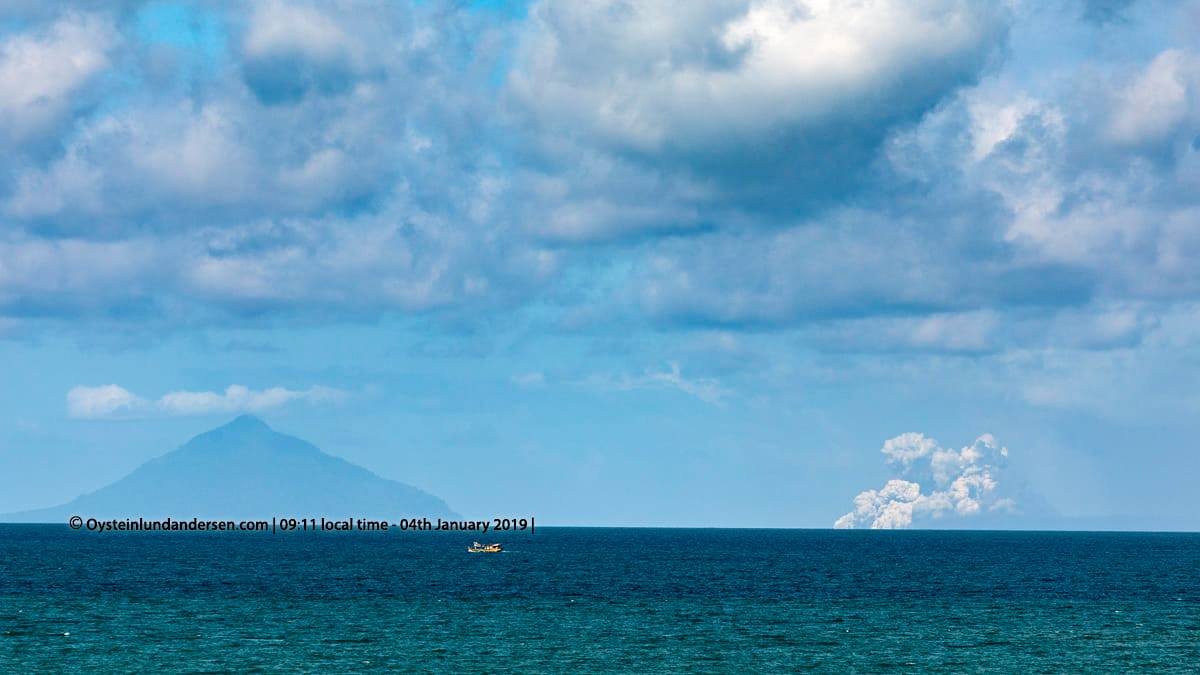January 4 , 2019. EN. Indonesia : Anak Krakatau , Colombia : Nevado del Huila , El Salvador : San Miguel ( Chaparrastique ) , Chile : Villarica , Mexico : Popocatepetl .
January 4 , 2019. Indonesia , Anak Krakatau : Eruption of Mount Anak Krakatau, Lampung, on 3 January 2019 at 12:03, with a height of ash column observed…

